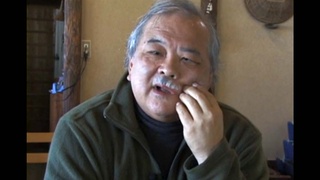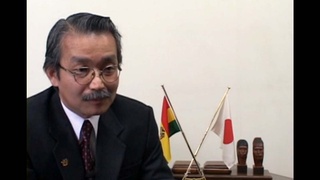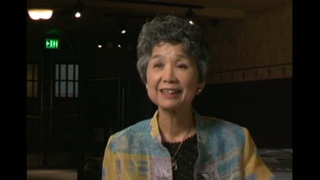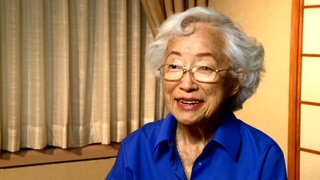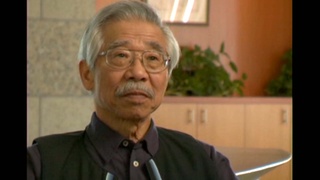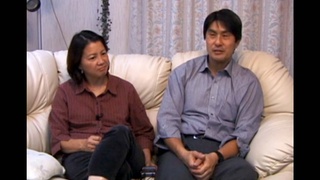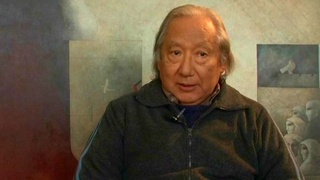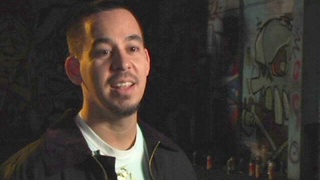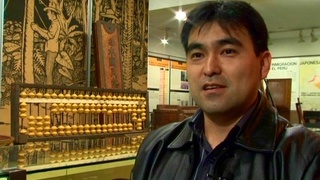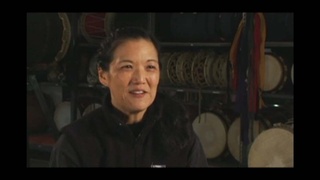Interviews
The performing arts not for Nisei
When I came to this temple in ’68, it was the first Japanese American community I’ve ever experienced. I knew nothing about the Japanese American community. So I was really fascinated. Some of it was familiar, other things were really strange. So I was really fascinated by it. And part of it was the Isseis still had this tradition of entertaining. You could ask any Issei to sing a song or do something and they would say, “No, no, no. I can’t. I can’t” and then whip out the lyrics, you know, on a card. So each person had this and it’s a real tradition for that generation.
It ends suddenly with the Niseis. They don’t want to have anything to do with it. And so they grew up without doing this. So they grew up being embarrassed by this. When it came time for after major services to have an entertainment of some kind, they told their kids, “Get something together.” And so they got the kids to do it. Suddenly, performance became a children’s thing. So for the whole Nisei generation, you didn’t go into performing arts. You just didn’t. That was childish.
Whereas, for the Issei, if you didn’t do…if you weren’t performing something, you weren’t civilized. If you couldn’t recite a poem, you couldn’t do something or put hashi in your nose and dance, you know, you weren’t cultured. So this difference was really clear. I mean you can notice it immediately.
When the kids…it was a big heyday of little kids doing performances after Hanamatsuri and Bodhi Day and that kind of thing, until Nobuko came along. And suddenly a whole generation of Sanseis were interested in it and they were game for anything. I mean tone-deaf people like me would start singing. And it was really fascinating to watch.
Date: December 3, 2004
Location: California, US
Interviewer: Art Hansen, Sojin Kim
Contributed by: Watase Media Arts Center, Japanese American National Museum

